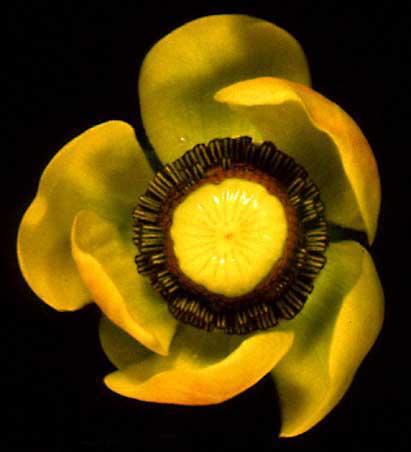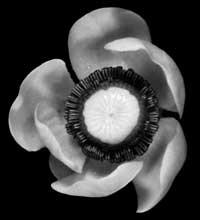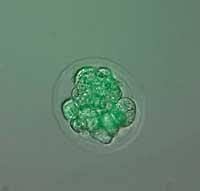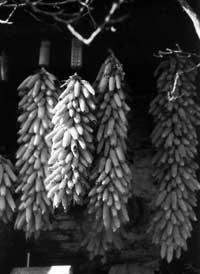When flowers were taken to the plants...
2002/01/31 Elhuyar Zientzia

Most of the current land plants are flowering and appeared some 150 million years ago when they moved away from their closest relatives without flowers (pine, cypress...). So far, the way this step was taken has been a mystery to scientists. However, thanks to research by biologists from the National Science Foundation (NSF) in the USA, they are closer to unraveling this evolutionary mystery.
In the seeds of the plants two parts are distinguished: the embryo that will give a new plant and the endosperm that serves to feed it. The endosperm of most flowering plants consists of three copies of each chromosome, collected from two mothers and one from paternal sperm. The endosperm of plant seeds without flowers has a single chromosome copy.
According to the researchers, the key may be in the Nuphar polysepfalo or nenufar that appears in this top photo of Joseph Williams. The current ones have been compared with the fossils of the water lily and have seen that it is one of the oldest flowering plants. Analyzing endosperm DNA using fluorescent microscopy, it has been shown that nenufar endosperm has two copies per chromosome: one of them comes from the mother and the other from her father. As a result, water lilies seem to be an intermediate step in plant evolution.

Gai honi buruzko eduki gehiago
Elhuyarrek garatutako teknologia






